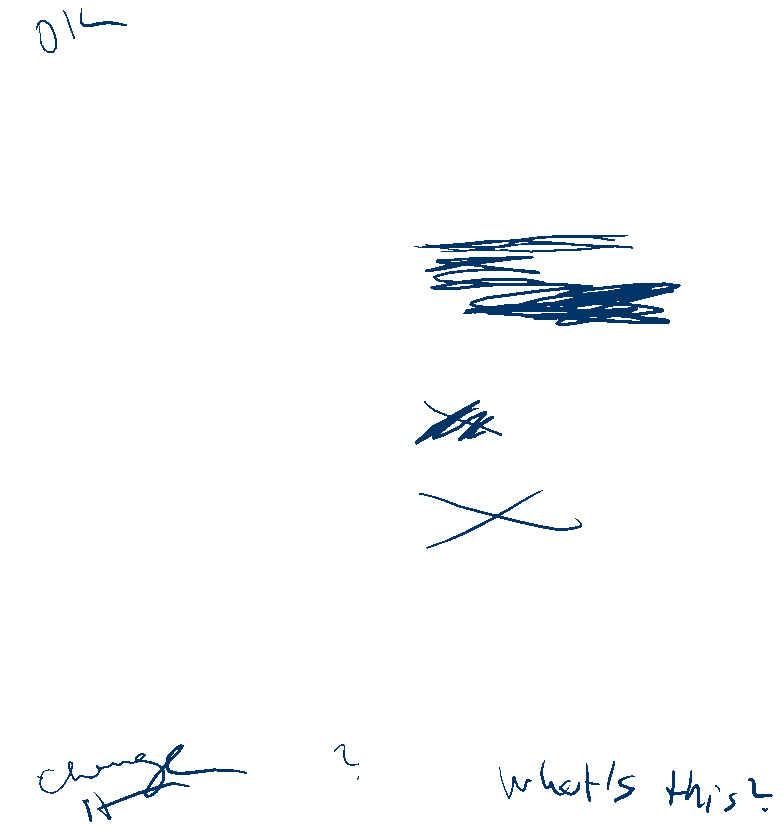Story highlights
A Red Cross worker was among civilians injured by apparent cluster explosives in Ukraine
A new report cites "widespread" use of cluster bombs by Ukrainian forces fighting rebels
A Ukrainian diplomat denies his army uses such weapons
Cluster bombs send out dozens, sometimes hundreds, of secondary explosives
The United Nations, citing reports of cluster bombs being used by the Ukrainian government, calls the apparent use of such weapons “extremely alarming.”
Human Rights Watch issued a report Monday that cited “widespread use of cluster munitions” by government forces against pro-Russian rebels in southeastern Ukraine in early October.
The explosives injured dozens and killed at least six, including civilians as well as an employee of the International Committee of the Red Cross, according to HRW.
“The reports of use of cluster bombs are obviously extremely alarming,” Stephane Dujarric, spokesman for U.N. Secretary-General Ban Ki-moon, said Tuesday. “The secretary-general reiterates his call for an end to use of these indiscriminate weapons and the importance of a world free of cluster bombs.”
Cluster munitions are rockets or bombs that hold dozens or hundreds of smaller bombs inside and are designed to discharge over a wide area when they hit the ground, according to HRW. The dispersal area of the armaments inside is often the size of a football field and puts both combatants and civilians at risk.
The rockets that do not explode remain active and are a “life-threatening hazard for civilians long after conflict,” the U.N. website says.
Ukraine’s envoy at the United Nations denounced such reports.
The Ukrainian army “has never used cluster munition at the ATO (antiterrorist operation) area in the Eastern Ukraine,” Yuriy Sergeyev, Ukrainian Ambassador to the United Nations tweeted Tuesday, citing the official Ministry of Defense statement.
Investigators surveyed more than a dozen urban and rural locations during a weeklong trip in October during which they looked at dispersal of munitions and documented the unopened, malfunctioned bombs, according to the report.
“Witnesses also told us what it sounded like when the attack happened, that it was multiple smaller explosions which is typical of a cluster munitions attack, instead of single, larger ones,” said Ole Solvang, senior researcher at Human Rights Watch.
The report added that though there is no conclusive evidence, it is likely that anti-government forces are also responsible for cluster munitions attacks.
“I think it is also an occasion to reiterate the (U.N. secretary-general’s) call for a political solution for the current crisis in Ukraine,” said Dujarric.
In recent months, the United States and the European Union have placed sanctions against Russia over its “illegal actions in Ukraine,” Obama said in September.
Kiev and the West accuse Russian President Vladimir Putin of arming and supporting the pro-Russia rebels, and of sending Russian troops into Ukraine over recent months.
In 2008, over 100 countries in the United Nations signed on to ban cluster bombs, according to the U.N. website. Ukraine and Russia did not sign the agreement.




